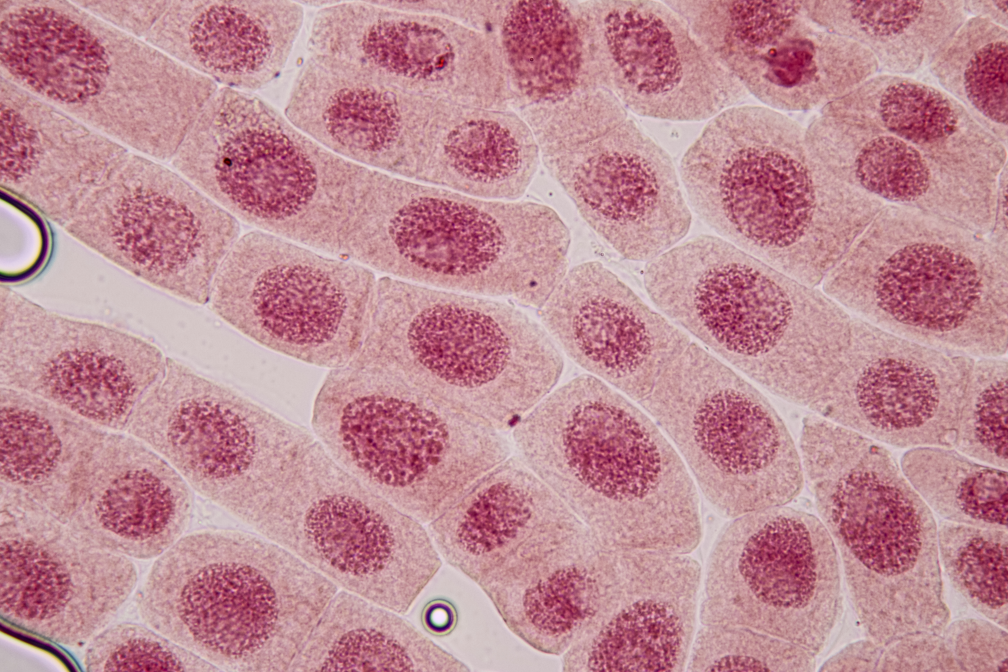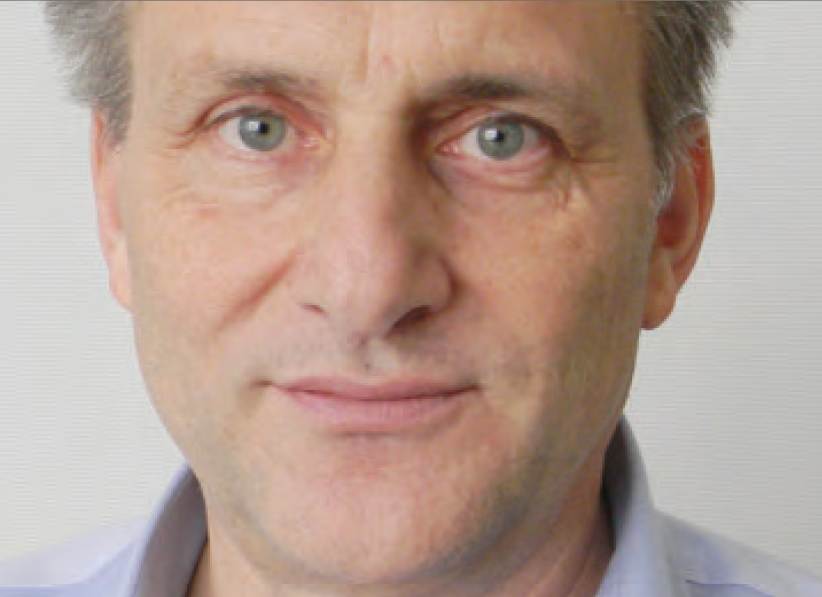Systems Biology: Where All Points Converge
Andrea Califano applies computational approaches to understand cellular interaction.
Published March 1, 2012
By Marci A. Landsmann
Academy Contributor

The greatest scientific discoveries rarely put the brakes on further exploration. The Human Genome Project, for example, provided limitless amounts of data—plunging scientists yet deeper into a great abyss of inquiry.
Academy member Andrea Califano, professor of systems biology at Columbia University in New York, uses a simple analogy to describe the phenomenon. “A Boeing 747 has seven million parts,” he says. “If I gave you a box with all these parts, you would have a tough time putting it together. This is because the actual assembly manual of a 747 takes more space than the plane itself. If we want to understand disease at the cellular level, we need the complete assembly manual of each relevant disease cell or at least a good abridged version of it.”
Systems biology and biomedical informatics use the power of computational approaches to decode how things work together. The focus is not on single variables, such as a gene, protein, or metabolite, but rather on the regulatory mechanisms that allow several of them to work together. “Our goal is to put together a comprehensive regulatory model for normal and disease-related cells to see what components of the regulatory machinery are broken in disease.”
Clues to Cell Behavior
Performing computational analyses on supercomputers, Califano uses a variety of current genomic and proteomic profiles from large tumor sample collections to reverse-engineer the regulatory networks that drive the corresponding cells. Taking samples from tumor tissue, for example, scientists can isolate and simulate virtual models of regulation to find the Achilles’ heel of the cancer cell.
“We took a bit of a gamble 10 years ago,” says the founding director of the Columbia Initiative for Systems Biology, “instead of working on ‘omics,’ such as genomics, epigenomics, etc., which are important but only indirectly related to the actual behavior of a human cell, we wanted to put together the complete set of molecular interactions that implement its regulatory logic, i.e., the brain of the cell that determines its behavior as a function of the omics and of external stimuli.”
When you finally have at your disposal a reasonable, genome-wide model of cell regulation, you can ask an entirely different set of questions, says Califano. “For instance, one may ask: ‘If this is the gene expression pattern I’m observing in a cancer cell and this is its regulatory logic, what are the genes responsible for driving that pattern?’ This is helping us elucidate mechanisms of tumorigenesis via these kinds of genes, which we call master regulators. It is allowing us to deal with cancer and other diseases as if they were computer programs run amok. Some of these master regulators identify cells that may be far more efficient at initiating tumors, more aggressive, or more resistant to chemotherapy.”
Isolating Two Key Master Regulators

Using this approach, Califano, in collaboration with the lab of Antonio Iavarone at Columbia, isolated two key master regulators in an aggressive brain cancer, glioblastoma multiforme (GBM), using a computer-generated map of its gene regulatory network. Interestingly, these genes, the transcription factors Stat3 and C/EBPb, did not present any genetic alterations but were shown to have the capacity to reprogram neural stem cells along a mesenchymal lineage, producing highly invasive tumors. Conversely, silencing both Stat3 and C/EBPb in mouse xenografts from human glioma cells blocked tumorigenesis, as well as the ability of the tumors to invade and migrate in vivo.
“We call genes such as these ‘tumor bottlenecks’ or ‘non-oncogene additions.’ That is, tumor cells are completely addicted to them even though they do not present major genetic alterations and would not therefore be selected as candidate therapeutic targets,” he says. “While individual mutations may be present only in a small percent of the tumors, these bottlenecks tend to be conserved in a much greater percent of the tumors, approaching 60% in GBM, and can be more effectively targeted as biomarkers and therapeutic targets.”
To achieve a better understanding of the processes in place, researchers need access to an enormous amount of information—data made available by open-access collaboration, such as that of the Cancer Genome Atlas, the International Cancer Genome Consortium, and the TARGET consortium for pediatric malignancies. Two years ago, the lab at Columbia University assembled a $12 million supercomputer to allow complex and time-consuming algorithms to be run on the data generated by these programs.
Analyzing Mutations, Expression, and Proteomics
Recent developments allow the lab to analyze mutation profiles, expression profiles, and proteomic profiles from these efforts in the context of gene regulatory networks, to identify possible convergence points and clues to cellular mechanisms. “It can’t be done one genome at a time. We need a combination of large-scale computers and sophisticated algorithms to get this done,” says Califano.
This approach also requires a new type of science: “There’s been a traditional division between experimental and computational biologists. The latter see the former as the geeks in lab coats, and the former see the latter as the geeks in front of the glowing computer screens. We need a new generation of scientists who have mutual trust and respect for each other and understand both analytical and experimental biology. Ultimately, we must first be biologists and ask biologically relevant questions, no matter which tools we will use to answer them,” says Califano.
A “Humid” Lab
The lab he runs at Columbia is both wet and dry, what Califano terms a “humid” lab. The combined approaches allow scientists to perform complex algorithmic analyses, as well as validate the hypotheses that emerge from these in silico models in real cellular systems, both in vitro and in vivo.
Collaboration and open access with fellow scientists is also key. To that end, Califano is involved in a systems biology experiment called the Federation, which is composed of members from five systems biology laboratories across the U.S. Scientists share data, but also ideas, he says.
“Because we are now talking to each other on a routine basis, we are discovering areas in which our research is particularly complementary and we’re able to achieve projects that would not have happened in individual labs,” says Califano. “The experiment seems to be working by promoting a new collaborative rather than competitive model.” This meeting of the minds is essential, says Califano, to cracking some of cancer’s, and other diseases’, most complex questions.
Marci A. Landsmann is a medical writer in Philadelphia.
This story originally appeared in the Spring 2012 issue of The New York Academy of Sciences Magazine.
